Diesels coming to Canada
One of these technologies is low-compression diesel engines (around 16:1). Davis notes they will definitely be coming to Canada — at some point. He also notes that in the future, SKYACTIV diesel and gasoline engines will be built together on the same assembly line, using a lot of common parts.
Another future IC technology Mazda hopes to invent is “variable combustion ratio.”
“I don’t know when it will come, or how, but variable combustion is the true answer. You’d like to have a low compression situation at low rpm with a low load, and high compression situation at high rpm and high load.”
Auto-stop engines, which shut down when the vehicle is stationary in traffic and at stoplights, is other technology coming through the SKYACTIV pipeline, though Mazda calls it “i-stop” (for idling stop). While most systems use a starter to re-start the engine, i-stop actually uses compression. Whenever the engine stops, a system makes sure it stops when the piston is just past dead centre. This loads up the chamber with just enough added compression, so that only fuel is needed to start the engine.
Regenerative braking is also coming in the near future.
Adding Lightness
Helping the IC cause will be initiatives to reduce weight. Mazda has a goal to shave off 100 kilograms from a vehicle, every time it is re-born. “Almost 80 percent of that weight reduction comes from how we build the vehicle. Only 8 percent or so comes from exotic materials”.
Aerodynamics and rolling resistance will also be part of the SKYACTIV game plan, but so far at least, Davis is not predicting that Mazda will need to go hog wild on exotic materials, such as carbon fibre. He thinks extruded aluminum technology now seen on high-end BMX bicycles is a more cost-effective and production-friendly alternative.
Again, it all comes back to making incremental improvements, versus re-inventing everything. “Step technology is what will get us there,” says Davis. He adds that these incremental improvements are what will allow Mazda to easily meet the stringent CAFE fuel economy standards coming in for 2020 — and not sales of electric and/or hybrid vehicles.
One of these technologies is low-compression diesel engines (around 16:1). Davis notes they will definitely be coming to Canada — at some point. He also notes that in the future, SKYACTIV diesel and gasoline engines will be built together on the same assembly line, using a lot of common parts.
Another future IC technology Mazda hopes to invent is “variable combustion ratio.”
“I don’t know when it will come, or how, but variable combustion is the true answer. You’d like to have a low compression situation at low rpm with a low load, and high compression situation at high rpm and high load.”
Auto-stop engines, which shut down when the vehicle is stationary in traffic and at stoplights, is other technology coming through the SKYACTIV pipeline, though Mazda calls it “i-stop” (for idling stop). While most systems use a starter to re-start the engine, i-stop actually uses compression. Whenever the engine stops, a system makes sure it stops when the piston is just past dead centre. This loads up the chamber with just enough added compression, so that only fuel is needed to start the engine.
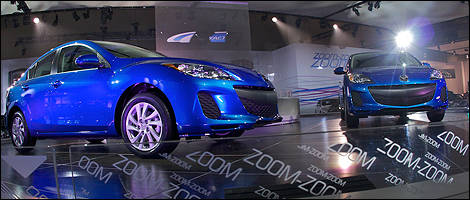 |
| Photo: Michael Wong |
Regenerative braking is also coming in the near future.
Adding Lightness
Helping the IC cause will be initiatives to reduce weight. Mazda has a goal to shave off 100 kilograms from a vehicle, every time it is re-born. “Almost 80 percent of that weight reduction comes from how we build the vehicle. Only 8 percent or so comes from exotic materials”.
Aerodynamics and rolling resistance will also be part of the SKYACTIV game plan, but so far at least, Davis is not predicting that Mazda will need to go hog wild on exotic materials, such as carbon fibre. He thinks extruded aluminum technology now seen on high-end BMX bicycles is a more cost-effective and production-friendly alternative.
Again, it all comes back to making incremental improvements, versus re-inventing everything. “Step technology is what will get us there,” says Davis. He adds that these incremental improvements are what will allow Mazda to easily meet the stringent CAFE fuel economy standards coming in for 2020 — and not sales of electric and/or hybrid vehicles.
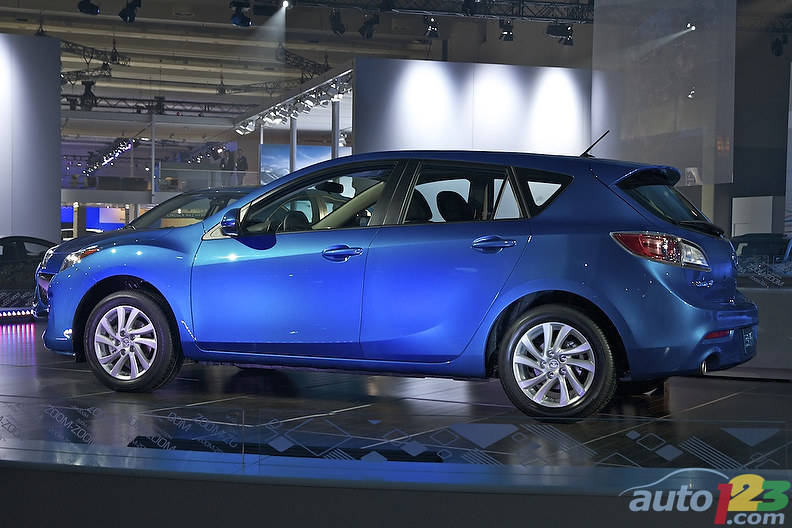
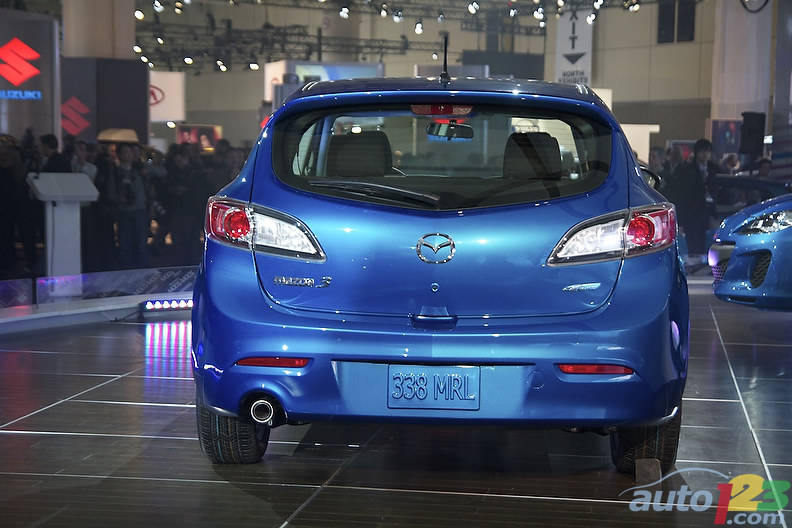
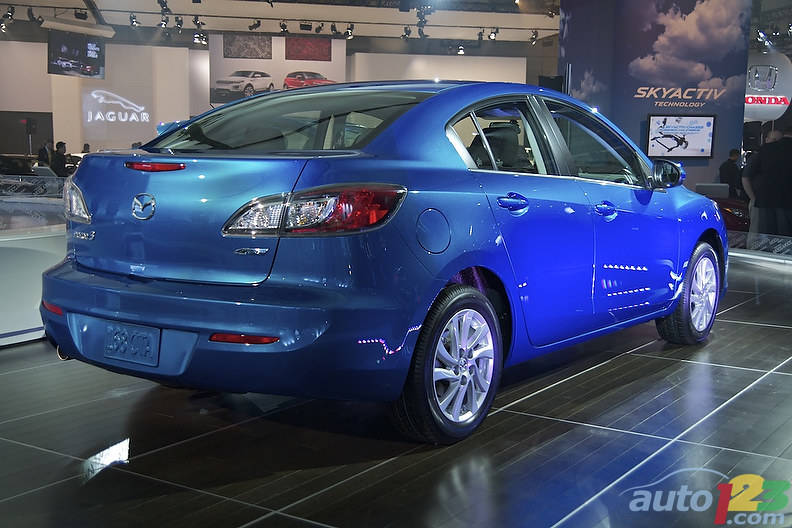
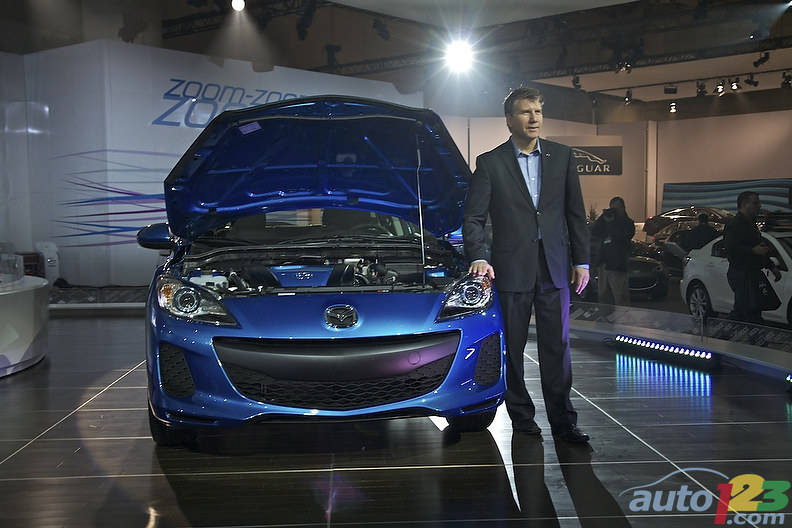
Article Gallery

